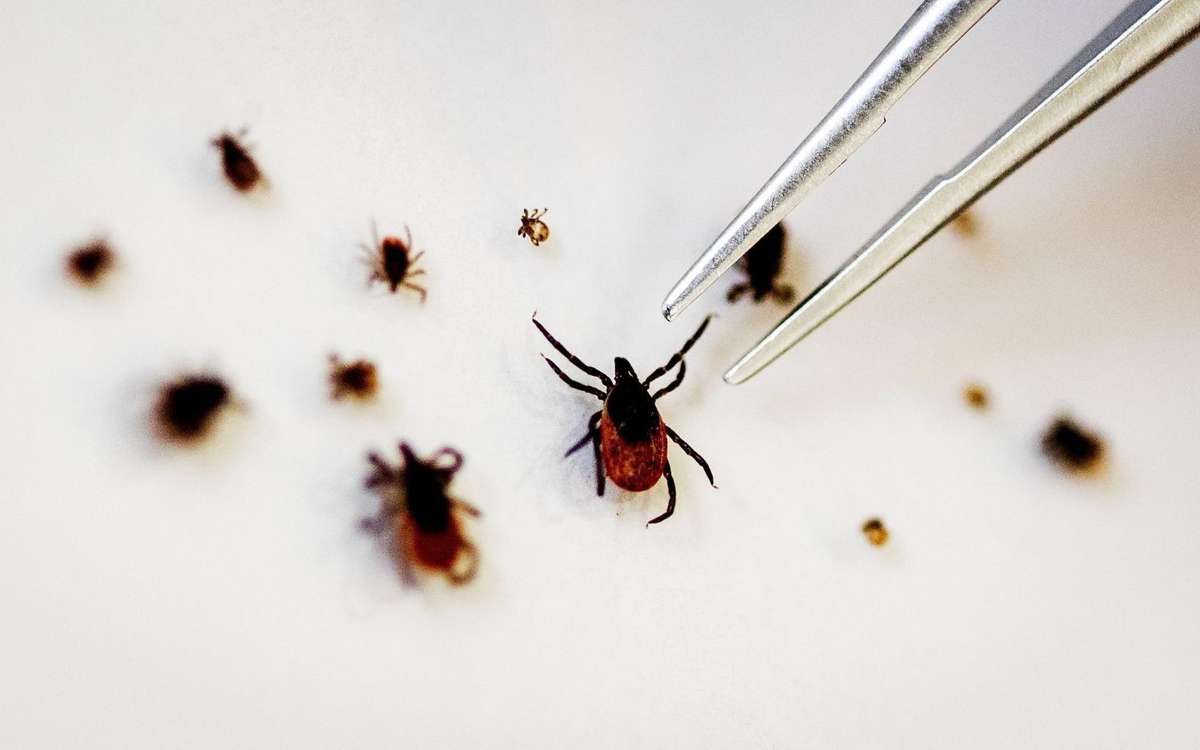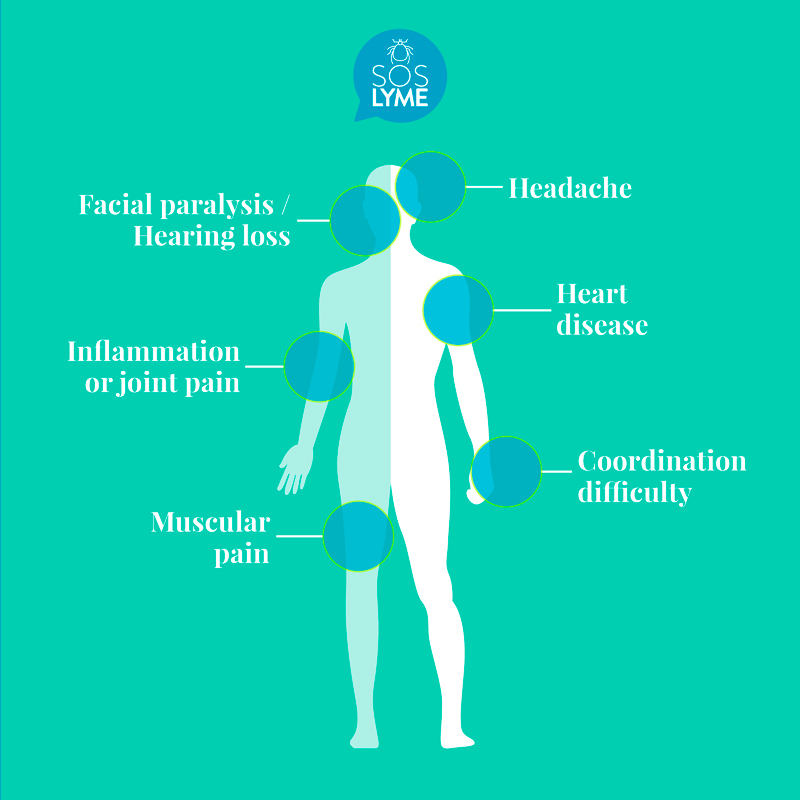- +34 623 305 171
- ayudalyme@soslyme.org
- Dr. Ángel Bueno Gracia Foundation
Do you have doubts? We hear you.
What does it mean to live with Lyme? How is the disease to people? Above all, how can I know the discomfort I feel corresponds to Lyme disease?
The life of people enduring Lyme disease can become a hard path, from specialist to specialist, with a wrong or incomplete diagnosis, and a poor treatment that doesn’t cure, not abandoning efficiently this pathology that can generate progressive resistances, reducing healing possibilities.
The first thing we have to have in mind is that Prevention is the best treatment against the disease. Maintaining apart from the bites or recognizing them when they produce can make us detect fastly Early Lyme, the first disease phase.
One of the Lyme evolution risks is that most patients do not remember having suffered a bite that may have been produced months or even years before. Not many specialists associate symptoms that match with other diseases such as Lyme.
It is hard to find a doctor capable of healing us. What is more, he doesn’t only need to have the skills. It is also the equipment and adequate installations. Afortunately, specialised clinics exist with day hospital units, dedicated mainly to the care of Chronic Lyme.
For this reason, we insist that much in something is fundamental to advance positively: If you consider you have Lyme, contact someone that has been cured and ask him for advice. The best guide to follow the same steps. Particularly, look for an expert with Lyme handling experience and that works in the right place.
Normally, treatments aren’t covered by the public health system, nor by health insurance companies. The patient, apart from suffering the symptoms produced by the illness, requires a high economic level to afront all the expenses coming from the diagnosis and treatment. Unfortunately, this is another vital handicap to get cured.

The most characteristic manifestation of Lyme in the early stage is a reddish eruption in the form of a dartboard. It is migrans erythema. Despite it, it just appears in 9% of patients. The majority of eruptions are solid and don't count with a clear center, so most of the time physicians are wrong by diagnosing it. In this phase, patients present symptoms as fever, shiver, general discomfort, fatigue, headache, joint and muscular problems, and neck stiffness.
Symptoms are: numbness or pain caused by the nerves´ affectation, weakness, or facial muscle paralysis (Bell's Palsy), heart rhythm disturbances, breathing difficulty, thoracic pain, neurological, cardiac, or acute joint manifestations. All this happens after the contagion.
Muscular and joint pain changeable or not, joint inflammation, abnormal muscle movements (fasciculations), muscular deficiency with numbness (paresthesias), cognitive alterations, speech difficulties, blurred vision, hearing problems, depression, anxiety, neuropathies, and cardiac problems. These are just a few of the most common symptoms of Chronic Lyme. Many of the symptoms that appear in this phase aren't specific and happen in other diseases. They can vary in days.

What is curious about Chronic Lyme is the severity of the symptoms. Its variability, the disability, and the desperation of the sick experiments. Patients handle pain proper of patients in a postoperative state, neurological symptoms at the level of multiple sclerosis, or functional disability compared to ones that have experienced a heart attack. The usual is that Chronic Lyme handles a media of three severe or very severe symptoms.
For that matter, the common tests are negative. The patient ends up being sent to psychiatry units thinking that it is somatisation and is a psychiatric disease. Unfortunately, If the patient does not improve and affirmed that hasn’t any type of this problem.
Signs and symptoms
As we commented before, many signs and symptoms can be found in Lyme diseases and other illnesses, difficulting the result.
When the patient no longer has the rash known as erythema migrans, it is normal that the physician consults the clinical history searching for a related coinfection. He asks him if he has been exposed to risk factors like having been in a forest of high grass.
The facultative requests a complete analysis. A serology of different bacteria and viruses, liver profile, thyroid profile, rheumatic tests, vitamins, minerals, etc.
To determine the result conclusively it is good to do a test in CFS. Immunoglobulin G and immunoglobulin M test. Test for possible associated infections, such as babesiosis, ehrlichiosis, Chlamydia pneumonia, various viruses, or Bartonella henselae. Apart from that, it is possible to do a DNA test in urine or blood. Not done in Spain, but few physicians prescribe it. If the diagnosis is positive, it must be completed.
A Lyme expert will also study the toxicity level of the patient: chemical products, glyphosate, mycotoxins, or heavy metals. It is also crucial to know how the cell defense and the immune system of the ill. T Lastly, apart from detecting vitamins, minerals, amino acides, enzymes, fatty acids deficiencies, it is fundamental to know how the intestine is. Discard infections accompanying bacteria and intestinal fungus.
Though, you have to be conscient that these types of tests can end in false negatives. If the tick bite was infected recently, the patient might have not been able to produce antibodies. When there is Chronic Lyme, the sick are immunosuppressed. He can't defend. Elisa serology turns out to be negative.
Though many physicians consider that the Lyme disease treatment has to be personalised to each patient because the infected tick with the common bacteria, can pass other infections like Chlamydia, Mycoplasma, Bartonella, Ehrlichia, Babesia, Powassan, or Bourbon virus.
© 2021. All rights reserved. SOSLYME